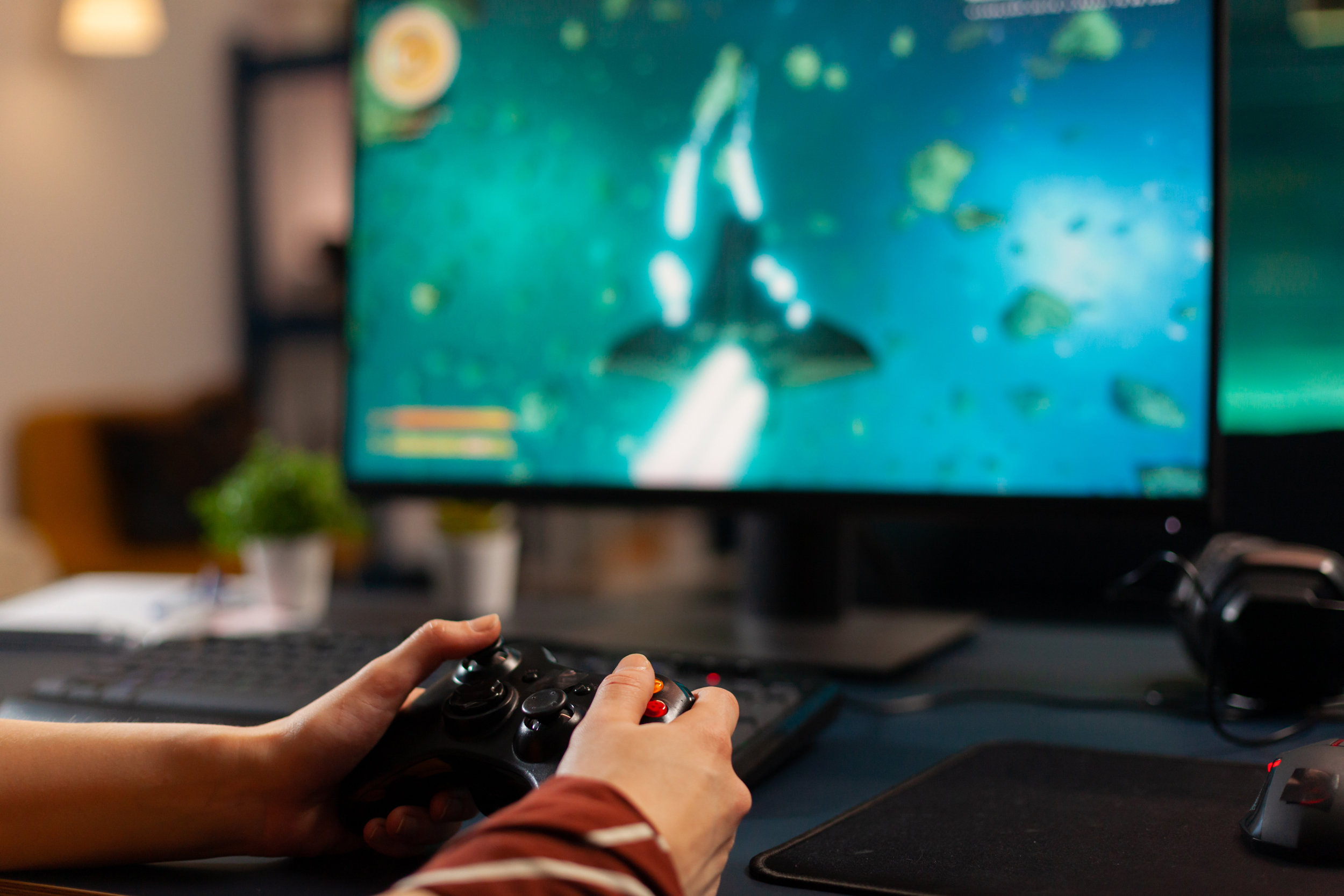
Understanding the Different Levels of Gaming Addiction
16, September 2024
Gaming addiction, often referred to as gaming disorder or person experiencing gaming harms, is a serious mental health disorder that can have profound effects on an individual's wellbeing. It’s important to understand that gaming addiction exists on a spectrum, with varying levels of severity that impact individuals in different ways. Recognizing these levels is crucial for early intervention and effective treatment.
Level 1: Recreational Gaming
Recreational gaming is where most people start. At this level, gaming is simply a form of entertainment – a fun way to relax, socialize or pass the time. Individuals play games as a hobby much like watching movies or playing sports. Those individuals maintain a healthy balance by setting limits on how much time and money they spend on gaming. Importantly, they do not experience any negative consequences due to their gaming habits. For the majority of people, recreational gaming remains at this level and does not progress to more challenging behaviour. However, it is important to remain aware that for some, recreational gaming can eventually escalate into more concerning habits.
Level 2: Problem Gaming
Problem gaming represents the next stage on the spectrum. At this level, individuals begin to experience negative consequences from their gaming, but they may not yet be fully addicted. People who engage in problem gaming might start to exceed the time and money they had initially planned to spend on gaming. They may find themselves “chasing losses” or play more frequently to achieve the same level of enjoyment. This behaviour can lead to financial strain, stress, and rows in personal relationships. Although problem gaming is not yet a full-blown addiction it is a slippery slope, and without intervention, it can quickly progress to more severe forms of gaming addiction.
Level 3: Gaming Addiction
Gaming addiction, also referred to as person experiencing gaming harms, occurs when gaming becomes uncontrollable and starts to dominate a person’s life. At this stage, gaming is no longer a casual hobby but a central focus that overrides other responsibilities and relationships. Individuals may lie to loved ones about the extent of their gaming habit, steal money to fund their addiction, and neglect essentials responsibilities at work home or school. The need to play becomes overwhelming, and the individual will often go to great lengths to find ways to maintain his gaming habit despite severe negative consequences. At this level, the person loses control and cannot stop playing, even though they may desire to. This stage is typically accompanied by significant emotional distress, financial problems, and strained or broken relationships.
Level 4: Severe Gaming Addiction
Severe gaming addiction is the most extreme form of this disorder and represents the point where the consequences become devastating. At this level, individuals experience profound and widespread effects on every aspect of their life. Financial problems can be catastrophic, leading to bankruptcy, job loss or even the loss of a home. Legal issues, such as gambling related offenses or theft, may arise, leading to a complete breakdown in familial and social ties. The person’s mental health is often deeply impacted, with high rates of depression, anxiety, and in some cases suicidal thoughts or attempts. This level of addiction is critical and requires immediate professional intervention. Treatment is essential and recovery at this stage is often a long-term process involving intensive therapy and support.
Recovery marks the turning point where the individual begins to regain control over their life and overcome gaming addiction. Understanding the levels of gaming addiction is crucial as it helps early identify the problem and take appropriate steps towards recovery. Early intervention can prevent the behaviour from escalating from recreational gaming to problematic gaming and beyond. Treatment for gaming addiction varies depending on the severity of the condition but typically include a combination of therapy such as cognitive behavioural therapy, support groups, and sometimes medication, if needed to address co-occurring mental health disorders likes anxiety or depression.
It is important to note that recovery from gaming addiction is not a linear process and moving through each stage, from one level to another is not a strict requirement. Individuals may progress through recovery at different paces, sometimes moving forward, and at other times facing setbacks or challenges. It is important to remember that that everyone’s journey is unique and progress can look different for each person. The key is consistency, seeking support and staying committed to improvement regardless of the pace.
For those struggling with gaming addiction, seeking help from a mental health professional or a specialized addiction counsellor is essential. Takalam, offers a wide range of experienced professionals who can guide you through the recovery process, offering personalized support and resources to help you regain control of your life and achieve long term well-being will be able to assist you in your path to recovery and self-improvement.
References:
https://www.avalonmalibu.com/blog/are-there-different-levels-of-gaming-addiction/
https://www.promises.com/addiction-blog/stages-of-compulsive-gaming/

Online gaming, including betting, has become a widely accepted form of entertainment in modern society. While it remains a harmless activity for many, it can evolve into addictive and problematic behavior for some.
16, September 2024

Gaming addiction, also known as Person experiencing gaming harms, is a serious turmoil that affects millions worldwide. Beyond its emotional and psychological toll, the financial effects of gaming addiction can be devastating...
16, September 2024
